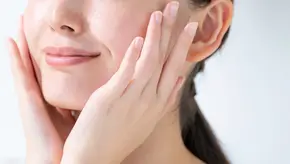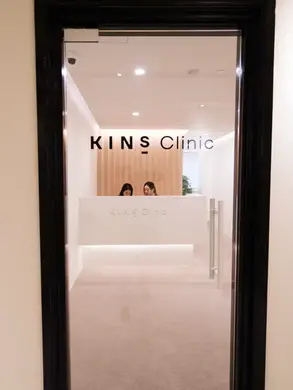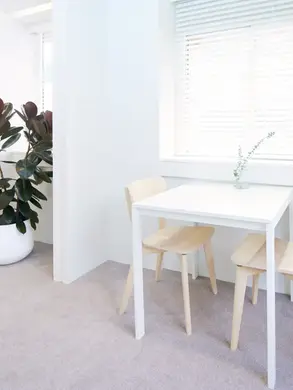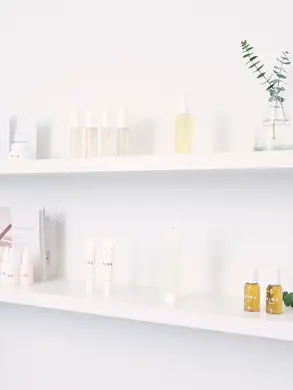Specialized
Acne Clinic
Introducing a dedicated clinic in Singapore specialising in acne care. Our medical team has over 30 years of combined clinical experience in Singapore and Japan. Drawing from this experience, our doctors offer a personalised acne treatment plan designed to support clearer skin and long-term management of acne concerns.

Exclusive
Acne Treatments
Directly from our labs to you
To ensure that you have the best care during your acne journey, we have diligently overseen every aspect of our business process.
Our team of experts based in our lab in Japan has developed and formulated effective treatments and Microbiome skincare designed to accelerate the healing of your acne.
Why Choose Us
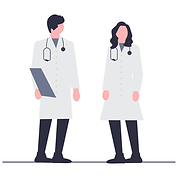
Expert Diagnosis and Treatment
At KINS Clinic, our doctors personally examine each patient and provide customized treatment plans based on individual skin types and conditions.

Science-Based Treatments
We utilize scientifically proven methods, including laser treatments, injections, prescription medications, and microbiome therapies.

Safety and Effectiveness
Our treatments adhere to strict safety standards, minimizing side effects while ensuring high efficacy.

Comprehensive Care
We offer holistic care, addressing not just acne but also acne scars and other skin concerns.

Extensive Experience
With over 30 years of experience, we provide treatments specifically tailored for Asian skin.
Comprehensive Acne Treatment at KINS Clinic
At KINS Clinic, we offer a medical-grade acne treatment approach. As a medical clinic, we provide comprehensive skin care that addresses not only acne but also related concerns such as acne scars, redness, and other skin issues. Many patients with acne may also face additional skin concerns, which is why our experienced doctors conduct thorough consultations to understand your unique skin needs. Based on this, we develop a personalized treatment plan for your skin condition.
Acne
Acne Scar
Rosacea

Teen Acne
Body Acne
Which types of acne
do you have?
Whitehead acne
Blackhead acne
Papules acne

closed plugged pores

open plugged pores



painful, pus-filled lumps under the skin
red bump with no pus
big, solid,
painful lumps under the skin
Stage of Acne
Severity strong
How to get rid of acne?
Finding the right acne treatment singapore
Option 1. Acne Facial Singapore

KINS Signature Hydrafacial integrates our Microbiome products, which can help improve treatment outcomes and support your skin’s recovery from acne.
Price (First Trial): $128
Option 2. Laser Treatment for Acne
Lasers target P. acnes bacteria, which causes breakouts. Additionally, laser settings can be customized to target excess blood vessels around inflamed areas, including scars and pigmentation left post-acne healing.


At KINS Clinic, we incorporate the Vbeam Perfecta, a pulsed dye laser system from the United States, into our acne treatment programs. This technology is used by doctors to target skin redness and is also known for its ability to reduce inflammation and support bacterial control on acne-prone skin.
Price (First Trial): $288
At KINS Clinic, we incorporate the CO2 Fractional Laser system from Deka (USA), a dermatological technology commonly used in acne scar treatment. The laser works by creating micro-channels in the skin to promote natural healing, support collagen regeneration, and improve overall skin texture as part of a customised treatment program.
Price (First Trial): $288
KINS Q-Switched laser therapy—including carbon peel laser techniques—as part of our acne treatment programs. This non-invasive technology is applied to support the management of acne-prone skin by targeting excess oil, refining pores, and addressing post-inflammatory hyperpigmentation (PIH) and acne scars. It also helps improve the overall skin tone and texture.
Price (First Trial): $288
Option 3.Acne Injection in Singapore

Intralesional steroid injections may be considered for patients with severe inflammatory acne, such as large nodules or acne with pus accumulation. By delivering corticosteroids directly into the affected lesions, this treatment is used by doctors to help reduce inflammation and swelling as part of a targeted acne management plan.
Price: From $150
・Microneedling
Microneedling is a minimally invasive procedure that uses fine needles to create controlled microchannels in the skin. This technique is commonly used in dermatology to stimulate the skin’s natural healing response. It is believed to support collagen and hyaluronic acid production, and is often included in acne care programs to assist in regulating skin texture and sebum activity.
Price (First Trial): $168
・Skin Remodeling Treatment
Our Skin Remodeling Treatment combines dermatological and aesthetic approaches through the use of hyaluronic acid and polynucleotides (PN), which are commonly applied in both medical and aesthetic dermatology. These components are used to support skin repair, hydration, and barrier function. At KINS Clinic, we tailor the use of skin-rebuilding formulations—such as Juvelook, Profhilo, Plinest, and Skinboosters—to address individual skin conditions, allowing patients to receive acne care while supporting overall skin quality improvement within a medically supervised program.
Price (First Trial): From $550
Option 4. Acne Oral & Topical medication

・Acne Oral & Topical medication
Acne treatment often involves the use of topical or oral medications, depending on the severity and type of acne. Common topical ingredients prescribed by doctors include retinoids (e.g., Tretinoin, Adapalene), antibacterial agents (e.g., Benzoyl peroxide, Clindamycin), exfoliating acids (e.g., Salicylic acid, Azelaic acid), and androgen receptor inhibitors (e.g., Clascoterone). These medications are used to support clearer skin by targeting clogged pores and inflammation.
For more severe or persistent acne, oral medications such as certain antibiotics or hormonal therapies may be considered under medical supervision. Oral isotretinoin is typically prescribed in carefully selected cases by doctors when other treatments are not effective.
At KINS Clinic, all medications are prescribed based on each patient’s skin condition, under the guidance of our doctors.
Price: From $60
Option 5. Microbiome skincare for Acne

For individuals struggling with acne, reviewing skincare habits based on one’s skin type and condition is an important part of maintaining healthy skin. Our Microbiome Science skincare line was developed drawing from diverse scientific findings, with a particular focus on the relationship between Asian skin characteristics and the skin microbiome. It is formulated by researchers from our parent company’s dedicated microbiome research institute in Japan, which specializes in the study of Asian skin flora. This skincare approach is often considered by those with acne-prone or sensitive skin as a supportive option in their daily routine.
Price: From $46
KINS Clinic DOCTOR'S PROFILE
Dermatologist and Chief Medical Advisor
Fellows of the Academy of Medicine, Singapore (FAMS) / Membership of the Royal Colleges of Physicians (MRCP) / Bachelor of Medicine and Bachelor of Surgery (BMBS)
Prior to joining KINS Clinic, Dr. Henry Loh was a co- founding partner of Dermatology Associates, one of the largest private dermatology clinic groups in Singapore. He has also been instrumental in promoting the use of the latest treatments.
Medical Director and Consultant
Post-graduate Diploma in Practical Dermatology (PgDip) / Doctor of Medicine (MD) / Bachelor of Medical Studies (BMed) / Bachelor of Science in Medicine (BSc (Med))
Dr Silver Chua specialises in the medical care of acne, rosacea, and other common skin concerns, complemented by a strong background in aesthetic treatments. She leads the fully integrated care pathway at KINS Clinic—ensuring patients receive cohesive, evidence-based care that bridges both medical and aesthetic needs. Her approach is grounded in safety, with a strong emphasis on achieving naturally balanced, lasting results.
Dr Silver is fluent in both English and Mandarin













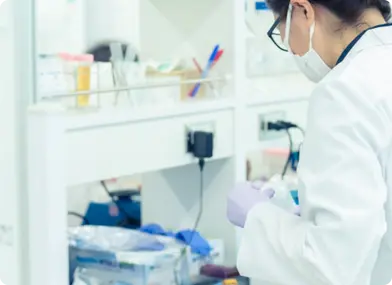
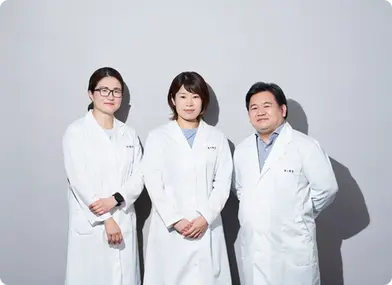












%20at%20KINS%20Clinic%20Singapore.webp)









